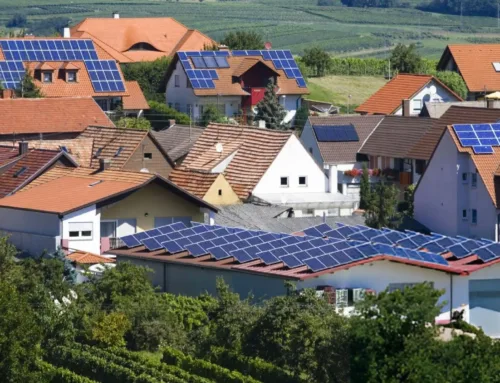
Hyderabad-based Prof Jayashankar Telangana State Agricultural University (PJTSAU) has initiated a unique pilot study on Agrivoltaic Systems. The project, once complete, will allow the simultaneous use of land for solar energy generation and agricultural crop production.
In conventional solar power plant installations, solar panels shade the ground beneath, making it unsuitable for crop cultivation. Moreover, due to the increasing focus on infrastructure, land as a resource is becoming scarce. The new project aims to solve this problem.
“Availability of land is becoming an issue in view of growing urbanisation and construction activity, and the ‘Agri Photovoltaic System’ would ensure both solar power generation and also cultivation of crops”, said Dr. Avil Kumar Kodari, Director of Water Technology Centre at PJTSAU.
The Agri Photovoltaic System would have multiple benefits:
- In case of crop failure, farmers would have access to a secure income through solar power generation.
- Evapotranspiration (a combination of evaporation and transpiration), due to the cultivation of plants underneath, will have a cooling effect on the panels. This effect will increase energy generation.
- The solar panels will protect the crops against high temperatures and UV damage.
Mr. Kodari has said that shade-tolerant vegetable crops would be more suitable for such a system. This is why crops like carrots, cabbage, cauliflower, and broccoli have been selected for the study.
The Agrivoltaics technology is already in use in South Korea and parts of Eastern Africa. South Korea has been using these systems to successfully cultivate broccoli. Moreover, France has also started working on the system.
India too is exploring the viability of deploying these systems. In 2021, an Agrivoltaic system of 105kW was installed by the ICAR-Central Arid Zone Research Institute, Jodhpur. Now, PJTSAU is collaborating with a Bengaluru-based solar start-up for a similar project. The technology, which is still under development, would take a few years to reach the farmers of India.
Click Here for more updates
Resource: The Hindu








Leave A Comment